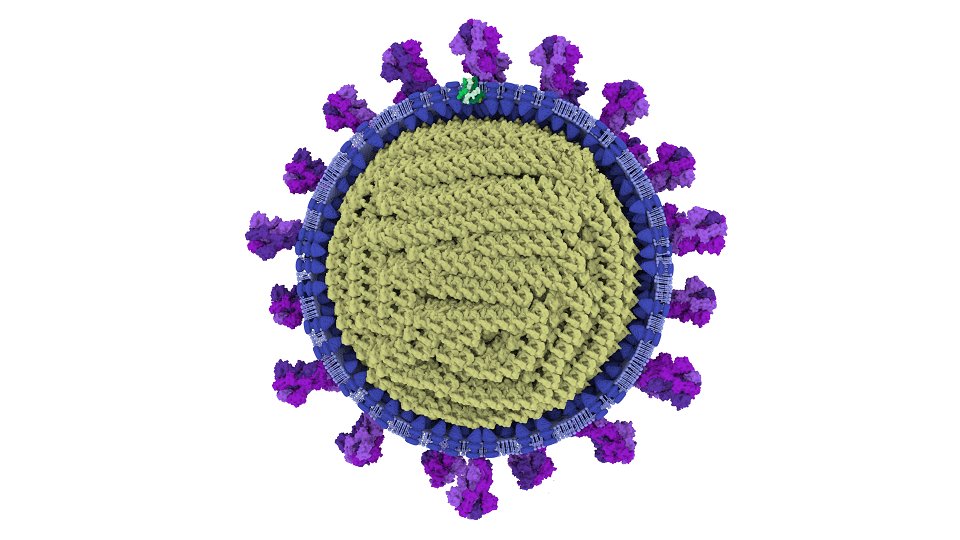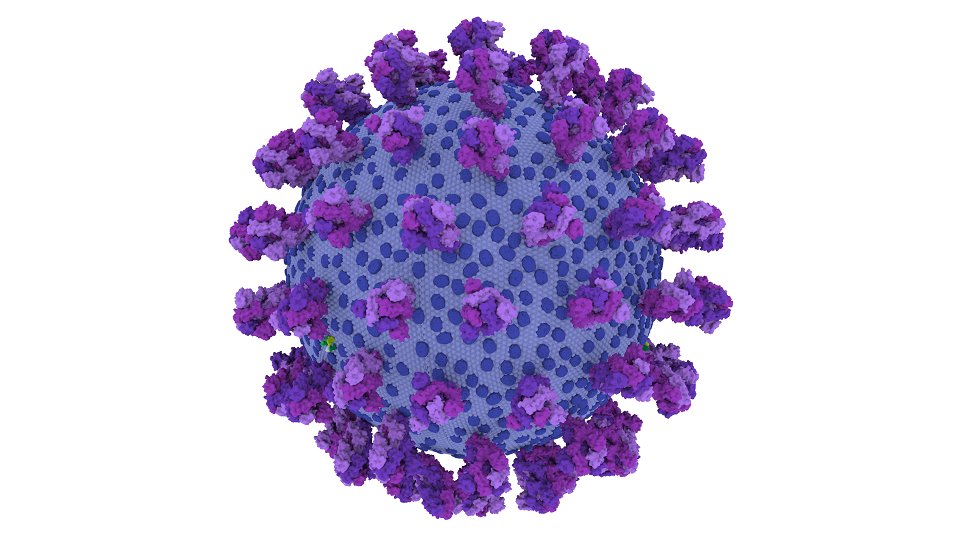
🚨New pre-print!🚨
biorxiv.org/content/10.110…
Viruses are very small things with very big effects. During the #SARSCoV2 pandemic, tiny changes in molecular biology had huge impacts on people’s lives. How could we communicate about this clearly?
🦠#scicomm #sciart🦠
(1/9)
biorxiv.org/content/10.110…
Viruses are very small things with very big effects. During the #SARSCoV2 pandemic, tiny changes in molecular biology had huge impacts on people’s lives. How could we communicate about this clearly?
🦠#scicomm #sciart🦠
(1/9)
In a new study with @CVRinfo @GSofASimVis and @COGUK_ME, @sarahiannucci1 explains how she used animations and interactive visualisations to help explain the threat of #SARSCoV2 variants of concern (#VOCs; 2/9)
There were, of course, plenty of data out there, collected by groups like @COGUK_ME. But these sites were (quite reasonably) aimed at expert audiences.
Could the details of new SARS-CoV-2 variants be explained in a way that was accessible for the public? (3/9)
Could the details of new SARS-CoV-2 variants be explained in a way that was accessible for the public? (3/9)

To do this, @sarahiannucci1 created the #SARSCoV2 Spike Protein Mutation Explorer, an interactive app that explains variants of concern through animations… (4/9)
… and explanations of how the molecular details of #SARSCoV2 #VOCs changed the way the virus impacted our lives (6/9) 

Sarah built this app for her MSc with @UofGMVLS and @GSofASimVis, with support from #MattPoyade, @robertson_lab, @_wharvey, @blJOg and @COGUK_ME
She did a fantastic job on this and won the @GSofA’s 2021 Chairman’s Award 🏆 (7/9)
She did a fantastic job on this and won the @GSofA’s 2021 Chairman’s Award 🏆 (7/9)
Check out the app yourself here:
sc2-application.itch.io/sars-cov-2-mut…
… and have a look at the paper for details on how visual #scicomm improved molecular biology communication (8/9)
sc2-application.itch.io/sars-cov-2-mut…
… and have a look at the paper for details on how visual #scicomm improved molecular biology communication (8/9)
https://twitter.com/CVRHutchinson/status/1570526198123593729?s=20&t=WOkPDbxEz_4o98u4BK4Ntw
Finally, if you’re interested in the technical details of how Sarah built her app: a book chapter describing this is in press 📔
(watch this space...👀)
(9/9)
(watch this space...👀)
(9/9)

• • •
Missing some Tweet in this thread? You can try to
force a refresh














